In case you want to know what a T-shirt once worn by Madonna has to do with Peugeot’s design: We’re happy to explain it to you here.
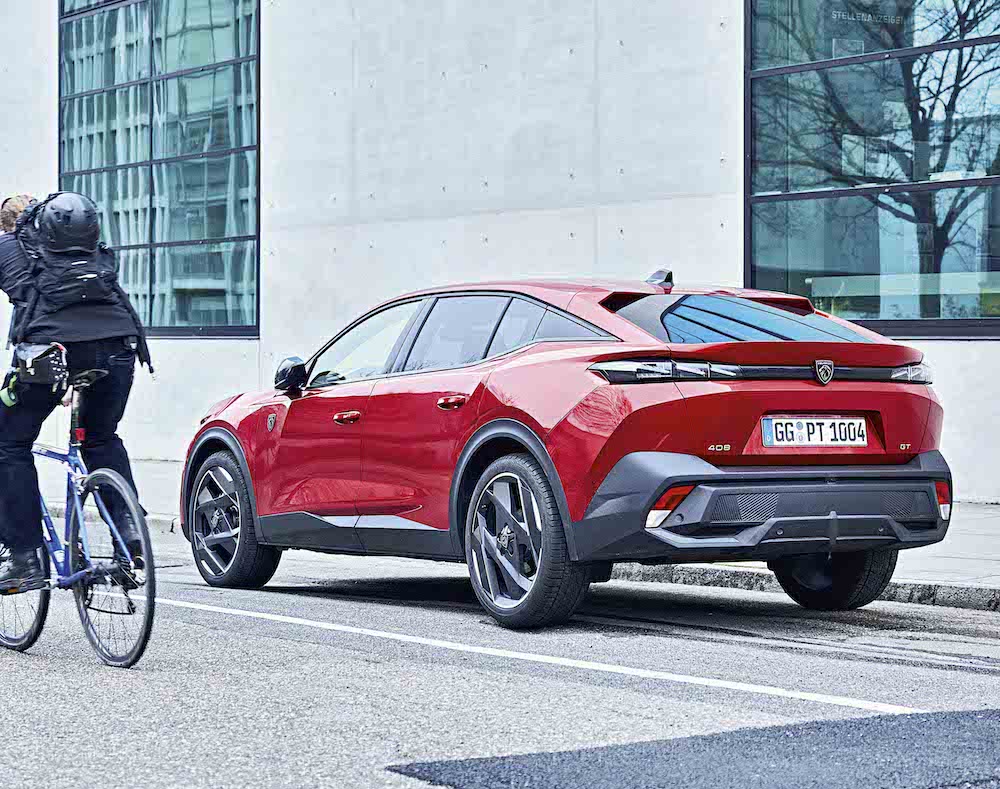
One of France’s greatest achievements is design. This begins with the fact that the word is French in origin, ultimately deriving from dessin, which means “pattern” or “drawing”, though the term also gave birth to a concept that adds a creative, possibly style-defining element to mere fabrication. As Coco Chanel once said: fashion fades, only style remains the same.
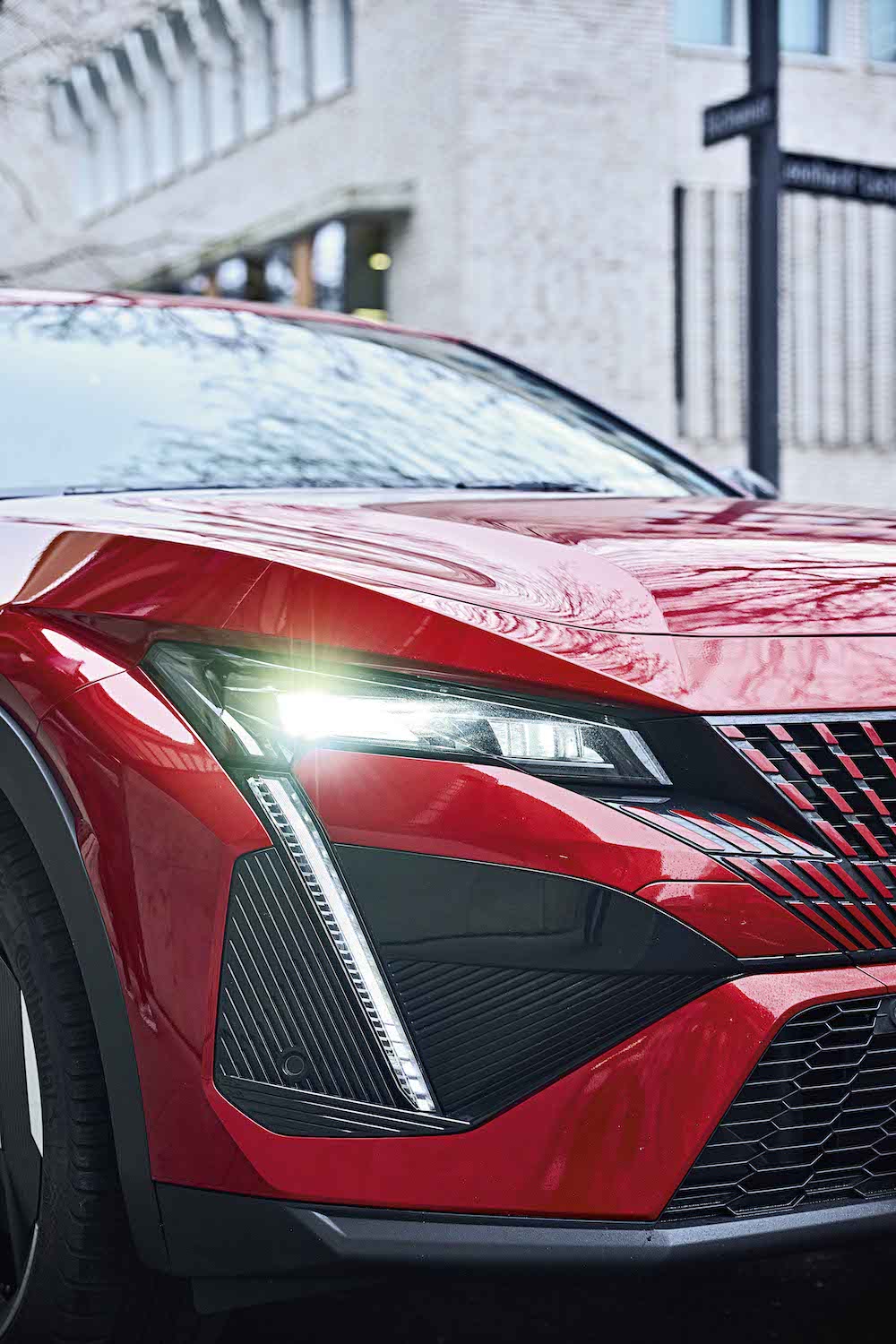
Between the North Sea and the Mediterranean, between Alsace and the Pyrenees, this style has often had a lightness to it that made France the envy of Europe – and later the whole world. Le Corbusier designed furniture that seemed to float on air, Yves Saint Laurent tailored clothes that fluttered as lightly as the wind, Gustave Eiffel built towers that gave hard steel a graceful quality. Whatever the French did, it seemed simple, effortless and yet sophisticated.
The French gave objects that anywhere else would be mere consumer products a certain savoir-faire. Savoir-faire always meant the ability to refine a dress, a chair or a kitchen appliance with a beauty of form that radiates elegance and nonchalance. And with the advent of the car, this know-how (to put it in English) was transferred to the automobile.
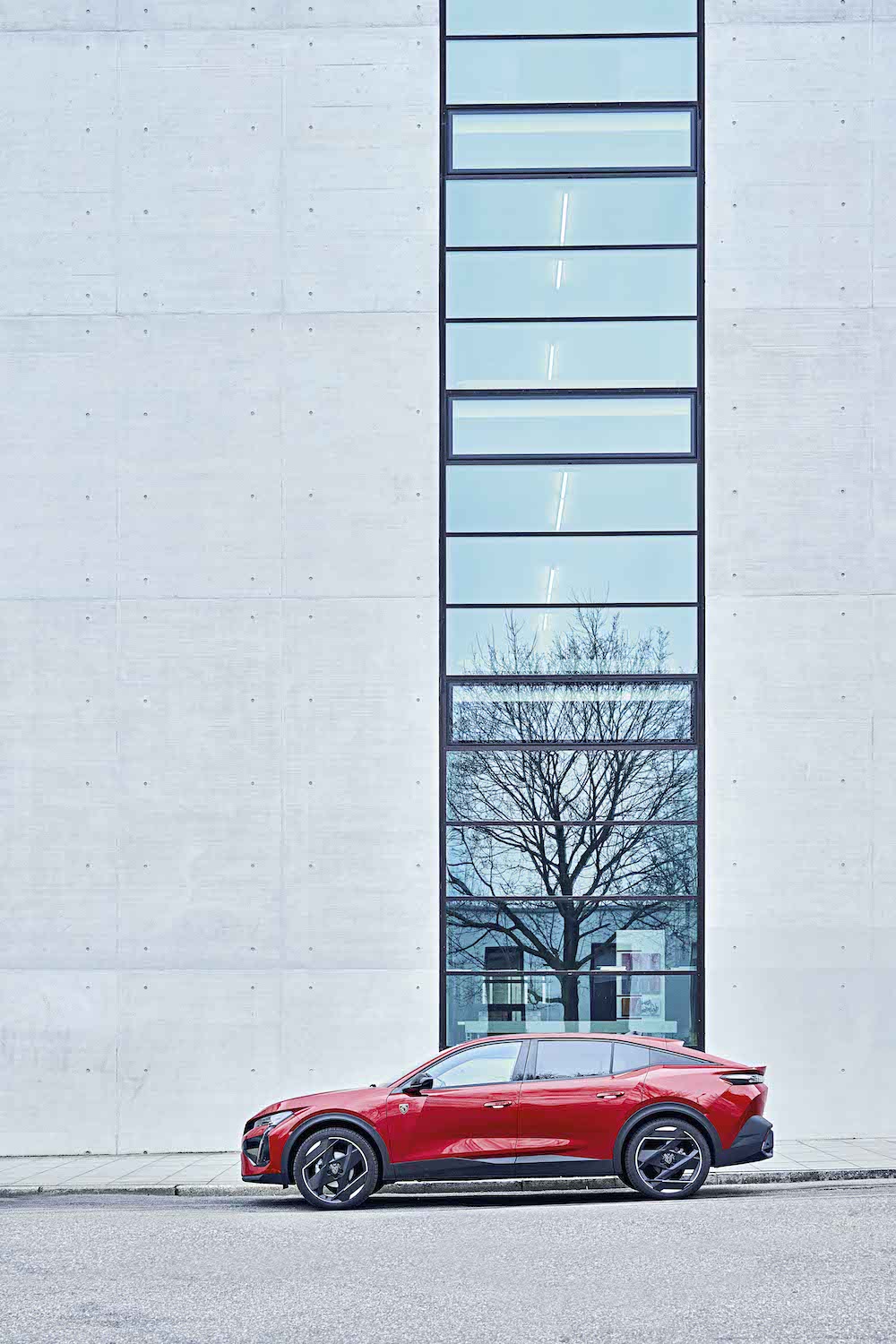
If you search through humanity’s collective memory, i.e. on Google, you’ll find what you’re looking for relatively quickly. Question: Why are French cars so unique? Answer: Often because the French are pioneers in a particular area of design. In 1912, for example, Peugeot began working on a racing car that had twin overhead camshafts operating the valves – a novelty at the time. The result was the L45, a classic of Grand Prix racing. The long, tapered tail gives the car a relatively streamlined look that is not so different from many of today’s designer cargo bikes. And the dual camshaft is still used in almost every racing engine today.
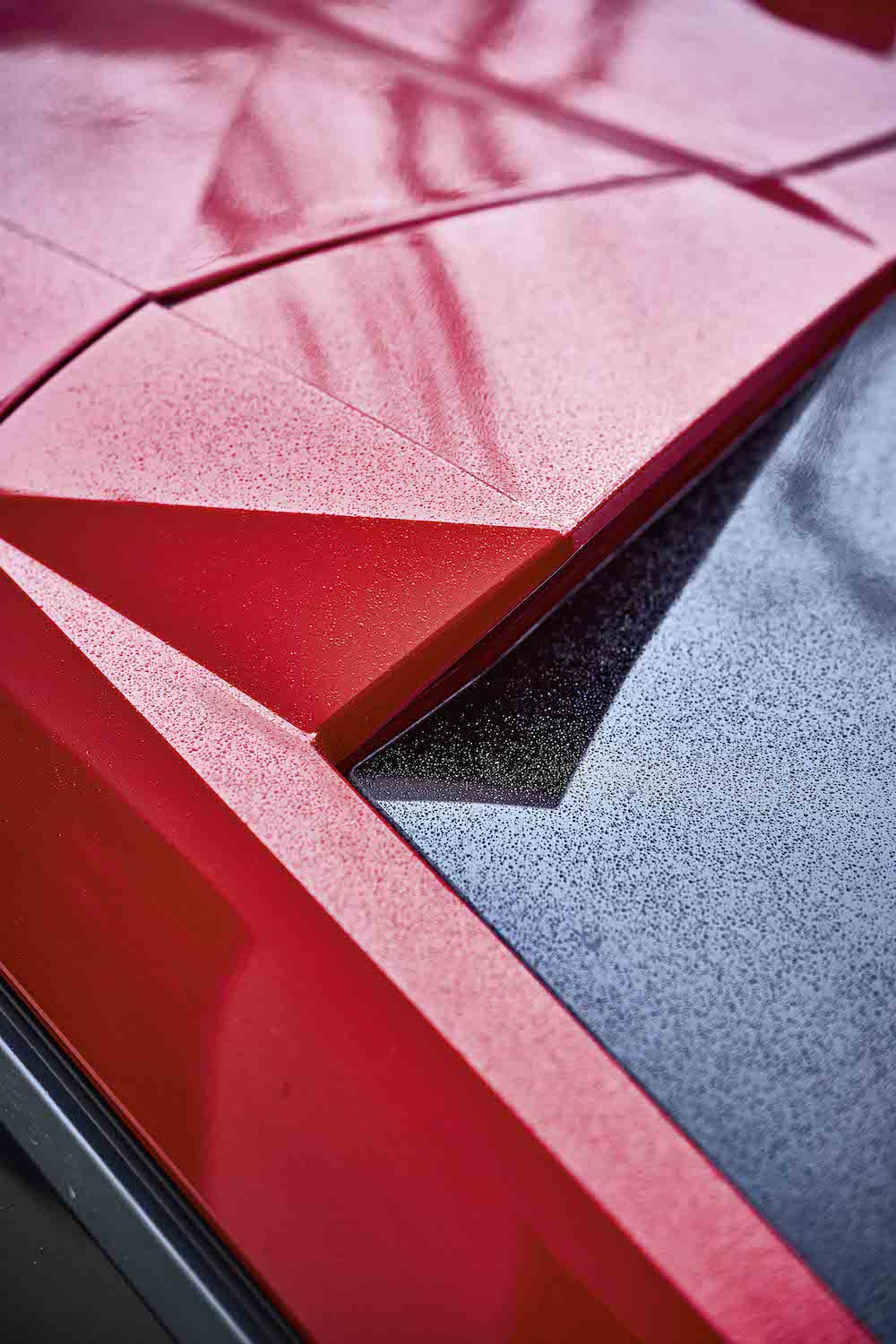
The brand with the lion emblem has produced several legendary cars throughout its history. In 1948 the French presented the first model with a self-supporting body. Twenty years later, the 404 continued the success story – a modern sedan with a more refined version of American-style tailfins that whizzed along the road like a hummingbird. The circular front lights and stylish stainless-steel grille created the illusion that you were being watched by some seductive being. Perhaps from another planet, but perhaps only from France. The 404’s durability is legendary, and taxi drivers in Morocco and Tunisia still swear by it.
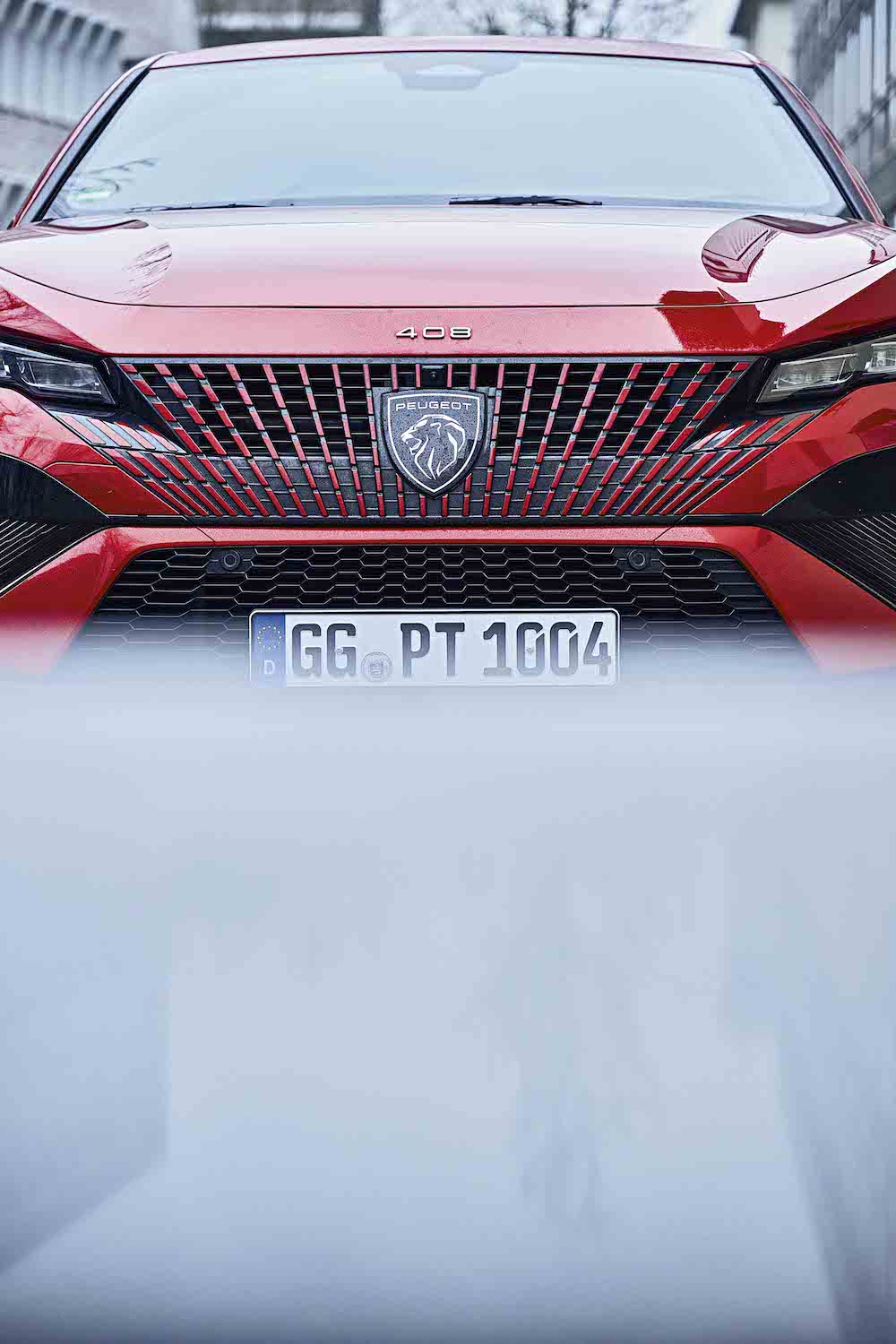
In the present, Matthias Hossann has now taken on the difficult task as brand design director of marrying tradition and the future, helping to shape Peugeot’s transition into the electric age. Boldly leading the way is the Peugeot 408 that was launched a year ago. The fastback hybrid has been praised for its sharp lines in the roof and on the trunk lid. And as is so often the case with the Lion Brand, observers are struck by its feline elegance. Last year the car received the Autonis Award for Best Design Novelty, voted for by readers of German auto magazine Auto Motor und Sport.
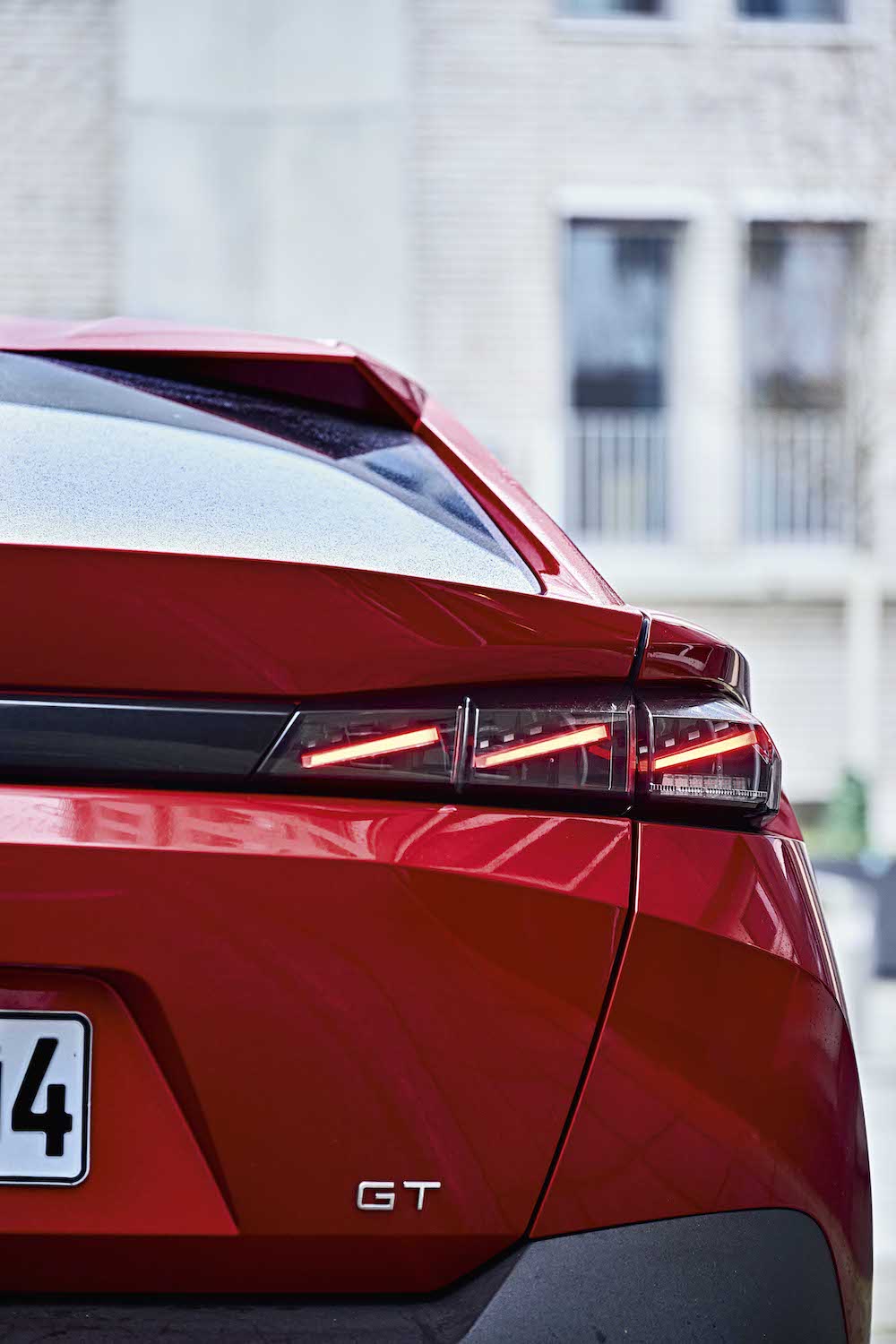
Two years earlier, Hossann brought home the prestigious Car Design Award for Best Brand Design Language for the entire product range. The ease with which the French win these awards translates into the casual way with which Peugeots glide along the nation’s highways and coastal roads. To borrow a slogan from a T-shirt Madonna once wore and applying it to the automotive indust
Text: Ulf Lippitz
Photos: Steffen Jahn
ramp #64 How About That!

Surprises open our eyes to new things, which now isn’t really a big surprise. The unexpected simply stays in memory longer, sparks curiosity – and prompts action. Essential for adapting to a changing world. The future might just be warming up for progress. It’s meant to move forward effectively. Find out more










